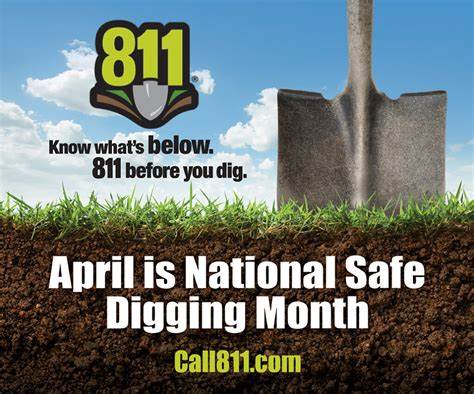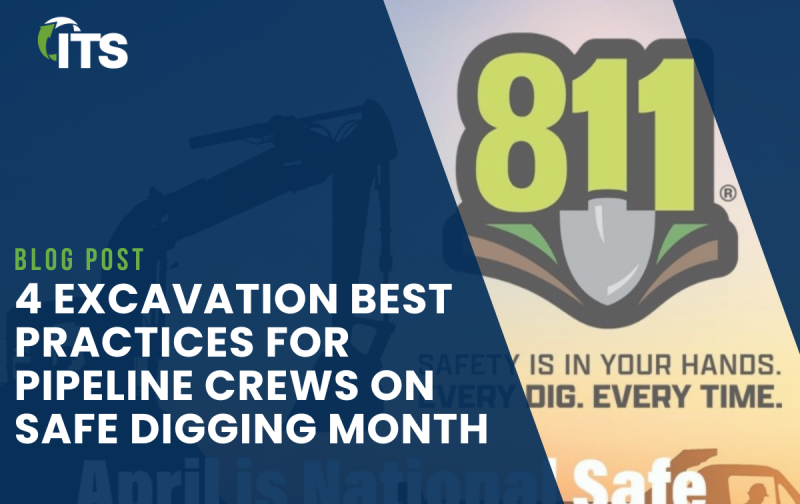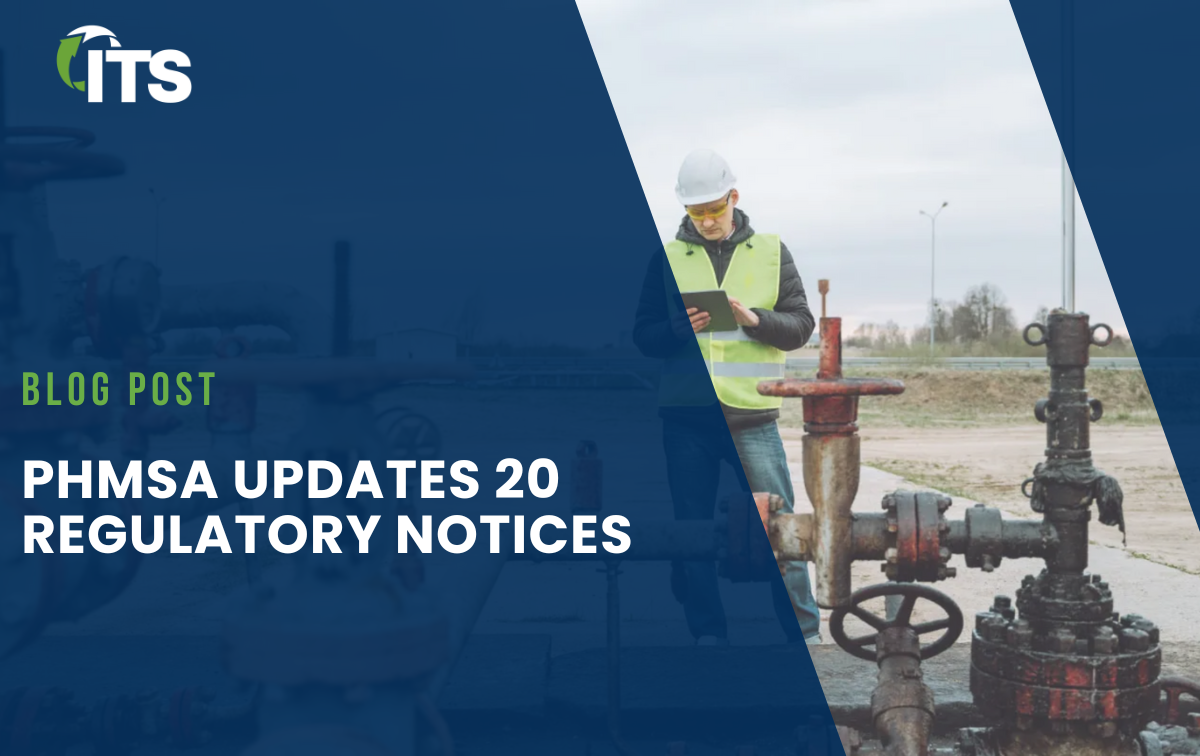
Whether you’re installing new services, making repairs, or performing maintenance, one misstep in the digging process can cause damage to critical infrastructure and pose serious safety risks. As we celebrate
National Safe Digging Month this April, here are four reminders on what every pipeline worker should follow
before and
during excavation.
- Always Call 811 and Confirm All Line Locates
You may have worked in the same area a hundred times but submitting a locate request through 811 before you dig is non-negotiable. Utility lines could have been added at any time. Facility operators must be notified so they can mark the location of buried utilities.
Once on site, take the time to walk the area and verify that all expected marks are present and match the locate ticket. If you see above-ground indicators like meters or risers without corresponding marks, that’s a red flag—don’t dig until it’s resolved.
- Keep Markings Intact and Re-Request When Needed
Line markings fade, get washed away by weather, or are accidentally removed during work. If at any point the utility markings become unclear, stop and request a re-mark. It’s better to pause and stay safe than to guess and risk striking a line.
Make sure the whole crew knows the importance of preserving those marks and using them as your map during the job.
- Use Soft Digging Methods in the Tolerance Zone
When working within the tolerance zone (which varies by state but is typically 18-24 inches on either side of a marked line), pipeline workers must use non-destructive techniques like hand digging or vacuum excavation. Mechanical excavation in this zone can cause nicks, gouges, or ruptures to nearby lines—especially plastic or coated steel pipe.
Always follow your procedures for exposing facilities safely before bringing in heavy equipment.
- Designate a Spotter During Critical Work
Having an on-site observer (spotter) is a best practice that should never be skipped, especially when operating machinery near marked lines. A spotter can help the operator stay clear of hazards, watch for unexpected utility crossings, and communicate with the crew to maintain safe working distances. They are your second set of eyes—and they’re essential to preventing accidents.
Conclusion: Protect Your People and the Pipe
As a pipeline worker, you’re not just moving dirt—you’re protecting essential infrastructure and preserving community safety. Your commitment to a safe digging process in the field is what keeps the system running safely every day.
Tap into Pipeline Industry Expertise
Join ITS and an array of industry experts in Nashville on September 30th through October 1st for the
2025 ITS User Conference. Discounted early bird registration is now live, and additional training courses are available on the day before the conference.
Save Your Spot Today Whether you’re installing new services, making repairs, or performing maintenance, one misstep in the digging process can cause damage to critical infrastructure and pose serious safety risks. As we celebrate National Safe Digging Month this April, here are four reminders on what every pipeline worker should follow before and during excavation.
Whether you’re installing new services, making repairs, or performing maintenance, one misstep in the digging process can cause damage to critical infrastructure and pose serious safety risks. As we celebrate National Safe Digging Month this April, here are four reminders on what every pipeline worker should follow before and during excavation.



